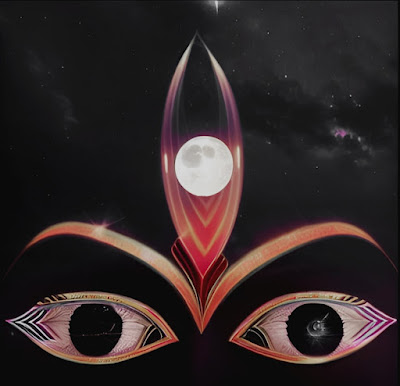Aghori, Shiva and Tantra

The Aghoris are a religious sect in India that worships Lord Shiva, a prominent deity in Hinduism. They are known for their unconventional and ascetic practices, which often involve rituals and behaviors that might seem extreme or taboo to many people. Aghoris believe that by embracing these practices, they can attain spiritual enlightenment and a deep connection with Lord Shiva. Aghori, Shiva and Tantra "I am neither good nor bad, I am what I AM" Yes, Aghori practices are a unique and often controversial sect of Hinduism that explores unconventional and extreme methods of spiritual awakening. Kundalini's awakening in the context of Aghori practices is considered a powerful and transformative process. The Practices - 1. Tapas and Austerities - - Aghoris believe that Kundalini awakening is a result of intense tapas or austerities. These practices often involve severe penances, fasting, med...




